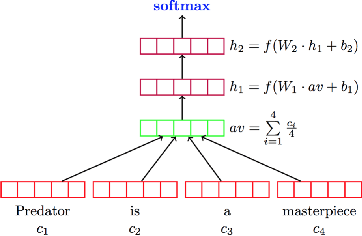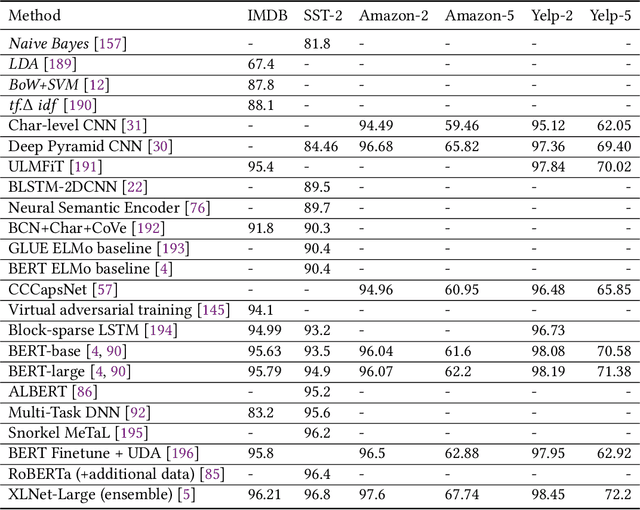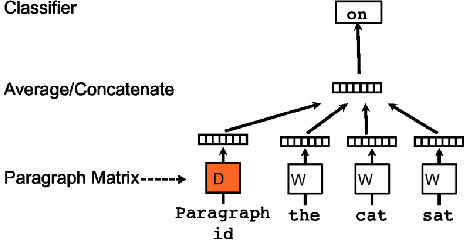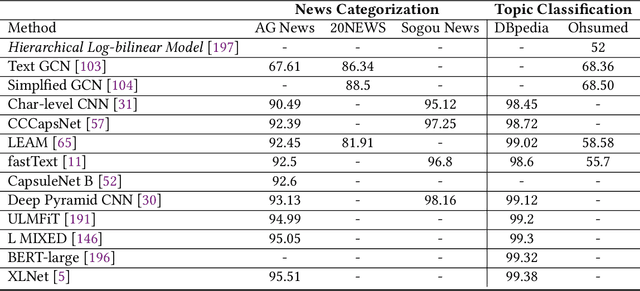Meysam Chenaghlu
Large Language Models: A Survey
Feb 20, 2024Abstract:Large Language Models (LLMs) have drawn a lot of attention due to their strong performance on a wide range of natural language tasks, since the release of ChatGPT in November 2022. LLMs' ability of general-purpose language understanding and generation is acquired by training billions of model's parameters on massive amounts of text data, as predicted by scaling laws \cite{kaplan2020scaling,hoffmann2022training}. The research area of LLMs, while very recent, is evolving rapidly in many different ways. In this paper, we review some of the most prominent LLMs, including three popular LLM families (GPT, LLaMA, PaLM), and discuss their characteristics, contributions and limitations. We also give an overview of techniques developed to build, and augment LLMs. We then survey popular datasets prepared for LLM training, fine-tuning, and evaluation, review widely used LLM evaluation metrics, and compare the performance of several popular LLMs on a set of representative benchmarks. Finally, we conclude the paper by discussing open challenges and future research directions.
Deep Learning Based Text Classification: A Comprehensive Review
Apr 06, 2020



Abstract:Deep learning based models have surpassed classical machine learning based approaches in various text classification tasks, including sentiment analysis, news categorization, question answering, and natural language inference. In this work, we provide a detailed review of more than 150 deep learning based models for text classification developed in recent years, and discuss their technical contributions, similarities, and strengths. We also provide a summary of more than 40 popular datasets widely used for text classification. Finally, we provide a quantitative analysis of the performance of different deep learning models on popular benchmarks, and discuss future research directions.
 Add to Chrome
Add to Chrome Add to Firefox
Add to Firefox Add to Edge
Add to Edge